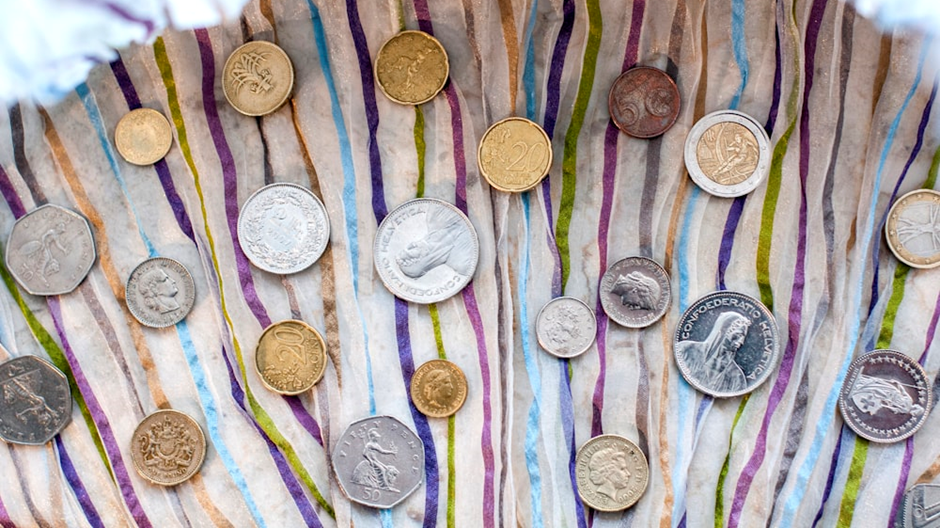After the highly anticipated Federal Reserve rate, multiple central banks decided on their next path in fiscal policy. The Swiss National Bank cut interest rates for the first time since June 2022, marking the first among major central banks to do so. Turkey's central bank, on the other hand, hiked rates by 500 basis points to 50%, citing its inability to tackle inflation. The Bank of England kept rates on hold at 5.25% but signalled at least three cuts this year, seeing encouraging signs of falling inflation. Central banks are grappling with divergent inflation trajectories, with some easing policy while others tightening, reflecting differing economic conditions across regions.
EQUITY
Wall Street's three major stock indexes registered record closing highs for the second consecutive day. The semiconductor sector rallied, with Micron Technology gaining over 14% on an optimistic forecast, while the Philadelphia Semiconductor Index jumped 2.3%. Investors seemed to cheer the Fed's reiteration of its three-rate-cut view for 2024, as seen by tech giants like Nvidia thriving higher and driving the Nasdaq Composite to a record close.
GOLD
Gold prices fell towards $2,165 an ounce on Friday, extending losses from the previous session that saw prices touching all time highs of $2222. The Fed's plan to make three cuts this year, pending confidence in inflation hitting 2%, with traders predicting a 74% chance of cuts in June, supported the price as gold tends to benefit when interest rates fall. However, the Swiss bank cutting its rate weighed heavily on its value as francs are positively correlated to gold prices.
OIL
Oil prices slipped for the second session and continued on Friday as prospects of a Gaza ceasefire might ease geopolitical tensions in the Middle East, apart from a stronger dollar and faltering U.S. gasoline demand. Nevertheless, tighter global supplies from OPEC production cuts and strikes on Russian refineries provided support. Technically, price are expected to further weaken.
CURRENCY
The dollar continued to a three-week high after reversing on Wednesday, benefiting from the Swiss National Bank's surprising rate cut and the Federal Reserve's relatively hawkish stance compared to other central banks. This left the dollar as the sole low-risk, high-yielding currency, attracting flows and causing the Chinese yuan and other Asian currencies to weaken against the greenback. The Japanese yen managed to hold its ground, however, supported by better consumer price data that reinforced the Bank of Japan's recent tightening.














